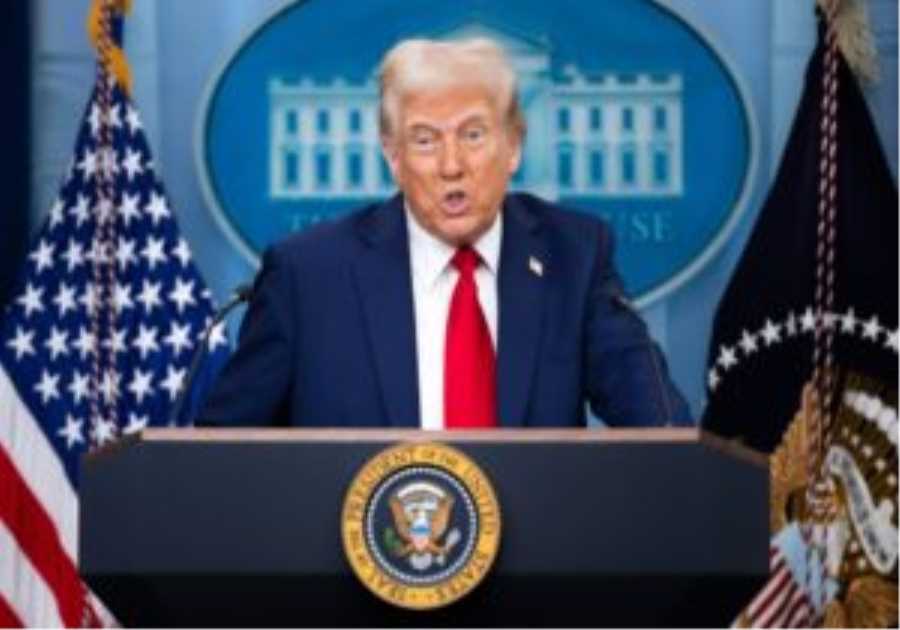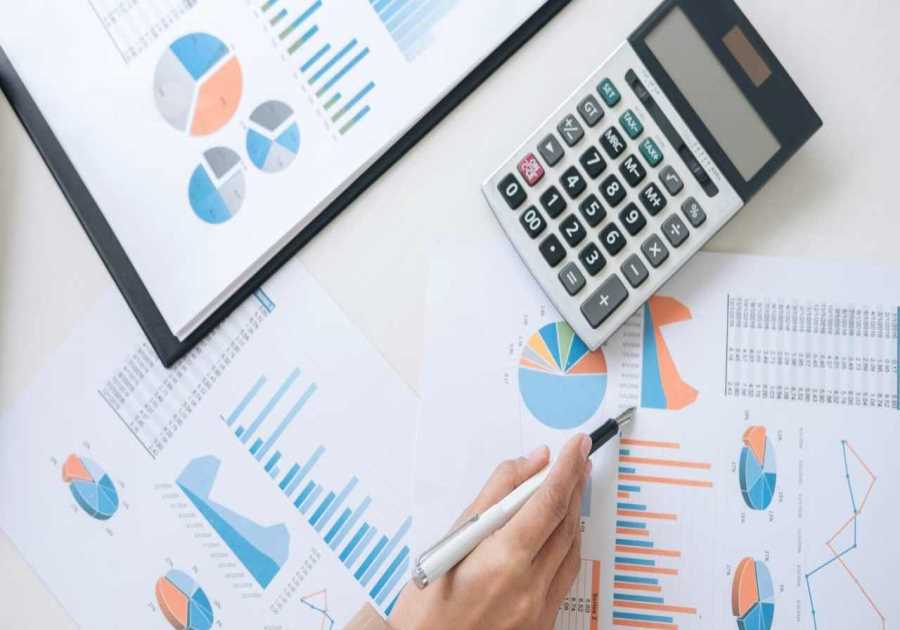Is customer relationship management (CRM) software that is designed for use in sales, marketing, and customer support environments, sufficient to help you meet the stakeholder information management needs of your projects? The short answer is…no.
Stakeholder Relationship Management (SRM) software, also known as Stakeholder Information Management Systems (SIMS), has evolved precisely because Customer Relationship Management (CRM) software struggled to cost effectively meet the needs of stakeholder engagement professionals.
In the complex and intricate world of stakeholder engagement, particularly in regulated environments where ‘the duty to consult’ meaningfully is mandated, project risk and accurate records management is paramount to withstand the legal rigor during court hearings.
Many IT departments have tried to customize mainstream CRM systems, predominantly driven by rudimentary and ill-understood requirement specifications. As a result, many years and hundreds of thousands (even millions) of dollars had been spent on never-ending customizing as ‘new’ features and functions appear. Unfortunately, IT departments become the scapegoats, as they were not given the correct brief in the first place. What is not clearly understood by both parties is that the underlying data model between the two systems is FUNDAMENTALLY different!
To efficiently manage the complex data and reporting involved in the engagement with stakeholders, rights-holders, communities and the public, you need tools that are designed just for this purpose. Stakeholder Information Management Software such as StakeTracker is specifically developed to specialize in the capturing and reporting on such complex, interrelated and ‘cross-referenceable’ data.
Taking a closer look at SIMS (or SRM) and CRM, you see they are designed for two different processes and the underlying model of each is different:
- CRM is a sales-based process. Developed to automate sales, marketing, and customer service processes, based on a one-to-one relationship between vendor and customer or prospect.
- SIMS is a communications-centric data model. However, StakeTracker ratchets this up a notch by utilizing a more complex tri-centric data model, based on communications, events and distinctly different stakeholder entities, each with equal prominence, with data inter-relationships being at the heart of the model. A key focus is on simultaneously tracking multi-party-to-multi-party interactions and associated data relationships.
Stakeholder Information Management is focused on a “many to many” relationship model, managing the interactions, discussion topics (aka themes), issues, tasks, commitments, documents, etc., related to your stakeholder/rights-holder engagement initiative.
The true value of SIMS is the ability to extract robust reporting in a way that is meaningful to data consumers (internal managers, regulators, stakeholders, courts, etc.), to demonstrate process transparency and accountability, and to effectively measure results.
Key functions of Stakeholder Information Management:
- Stakeholder/Rights-holder profile management
- Interactions management
- Topics and issues/grievances management
- Tracking and assigning tasks
- Managing commitments and permit conditions
- Tracking community investments
Examples and benefits of Stakeholder Information Management software for public consultation initiatives.
- Land Component – There is often a land-based component with SIMS, where an impacted property located near a mine, pipeline or airport for example IS the de facto stakeholder. It is important to track communications with the various people that have an interest in the property; however, such people may change over time, but the stakeholder (the property) stays that same. SIMS maintains the communication record connected with a property, even when contacts change over time.
- Anonymous Contributions – There may be the need for consultations with stakeholders/rights-holders who chose to be anonymous in order to participate, or who just don’t want further contact after an initial consultation. SIMS enables you to index communications properly, even when you don’t have a stakeholders’ name to connect it to.
- Complex Relationships – Stakeholders and rights-holders can and do ‘wear many hats’ during a consultation or hold varied roles in one or mare organizations. For example, there might be familial relationships amongst stakeholders/rights-holders that must be accounted for. Or a person might have personal interests in a project in addition to interest held when representing the various stakeholder group to which they belong. SIMS tracks relationships between groups that are highly relevant to consultation outcomes, as these relationships can drive the dynamics between communities and affect outcomes.
- Reporting – A key SIMS feature is robust reporting capabilities. It is important for software to enable you to report the communication history of a project but also to showcase the transparency of the specific events and themes that occur. Reports should summarize stakeholder engagement campaigns but also have the ability to go into great detail and be supported by original records such as emails, letters, meeting minutes etc. If misunderstandings occur, the ability to dig into a report to review original messages and interpretations can go a long way towards resolving an issue.
- Supplier Expertise – Companies like SustaiNet are immersed in the SIMS space and are uniquely positioned to offer industry expertise that will be missing with CRM suppliers (we will bet our bottom dollar that there’s not a single customer support staff at any CRM vendor who understands true stakeholder engagement). The right vendor can help you benchmark your project consultations against industry best practices, provide ongoing support tailored to your needs, and stay with you for the life of your software subscription.
The shortcomings of CRM software first led us to develop StakeTracker. This is an advanced, purpose-built stakeholder engagement and information management software solution designed to help stakeholder engagement and public consultation professionals efficiently manage communication with stakeholders, communities, and the public. It is easy to use and designed to specifically handle all the “curve balls” that come your way as a result of the public consultation process.
So, let us help you simplify the stakeholder engagement and information management process for your project and your team. One of the best ways to understand the capabilities of a stakeholder information management system is through a custom demo. Contact us today to get started.
------------Read More
By: SustaiNet
Title: Stakeholder Information Management: Understanding the Differences Between CRM and SRM and/or SIMS
Sourced From: sustainet.com/stakeholder-information-management/
Published Date: Mon, 03 May 2021 18:40:11 +0000
Did you miss our previous article...
https://trendinginbusiness.business/finance/the-origins-of-cost-engineering
.png)





